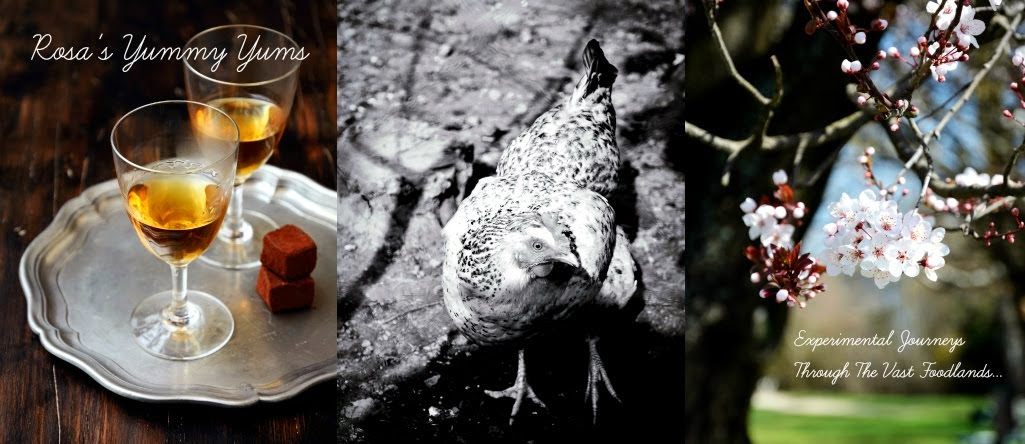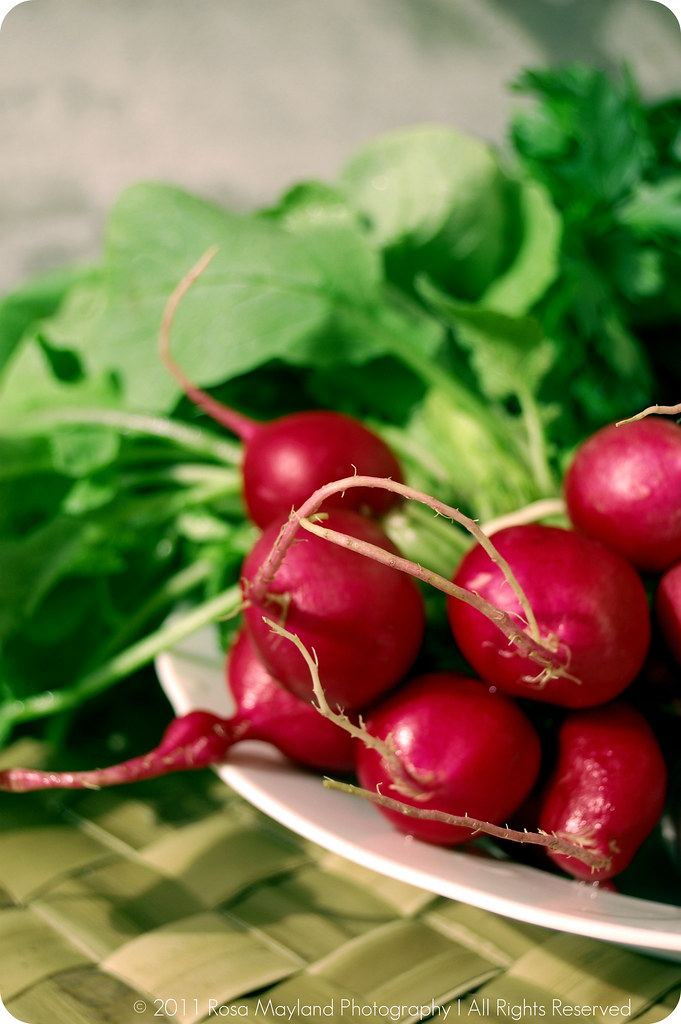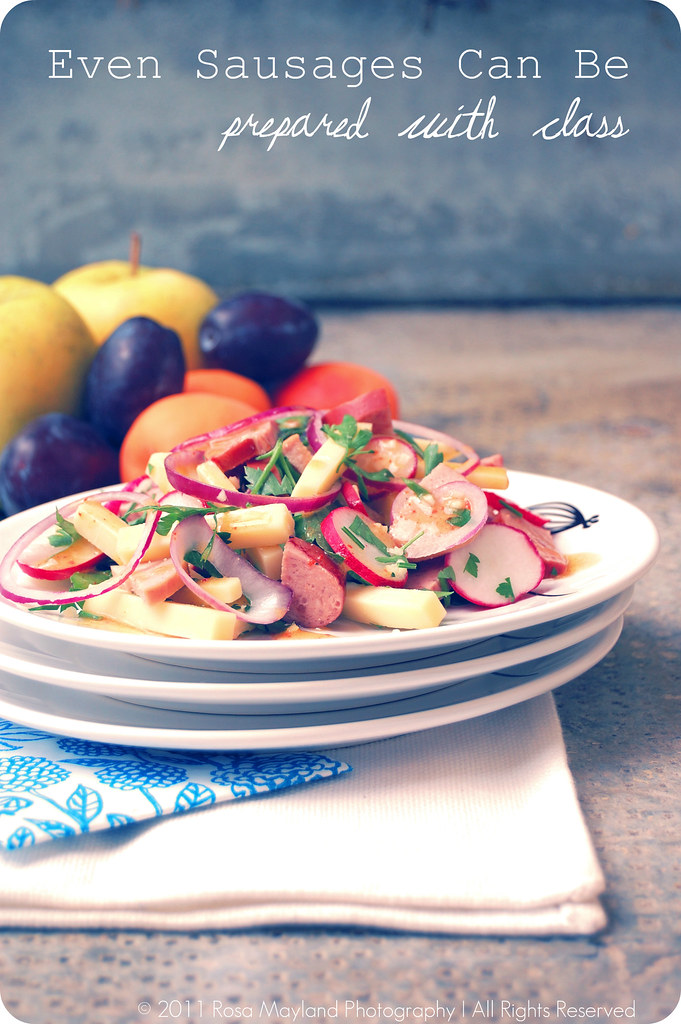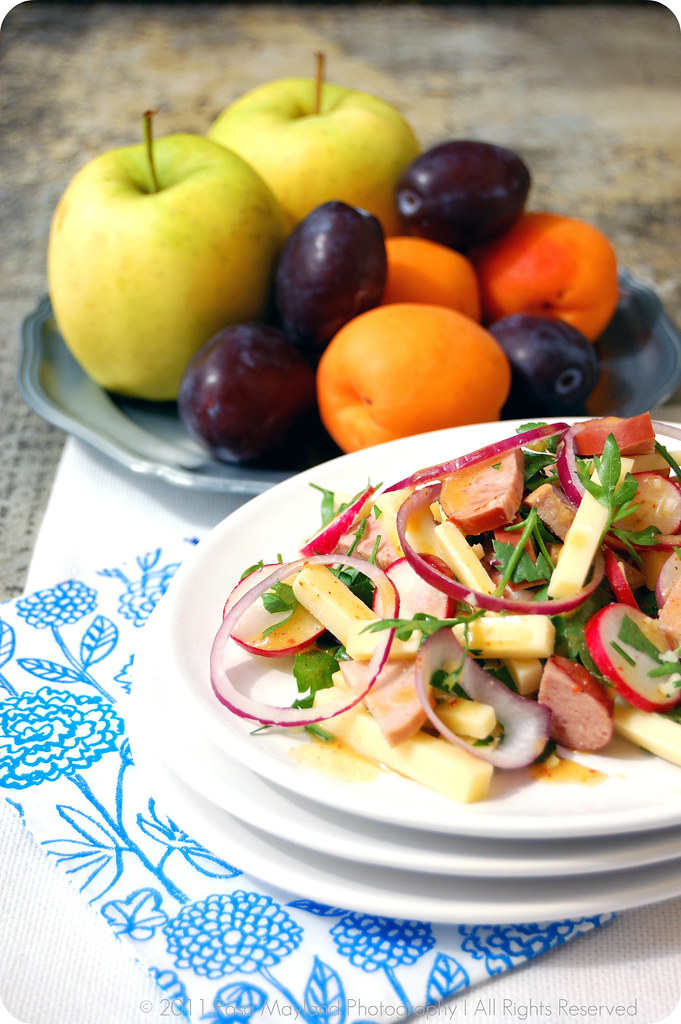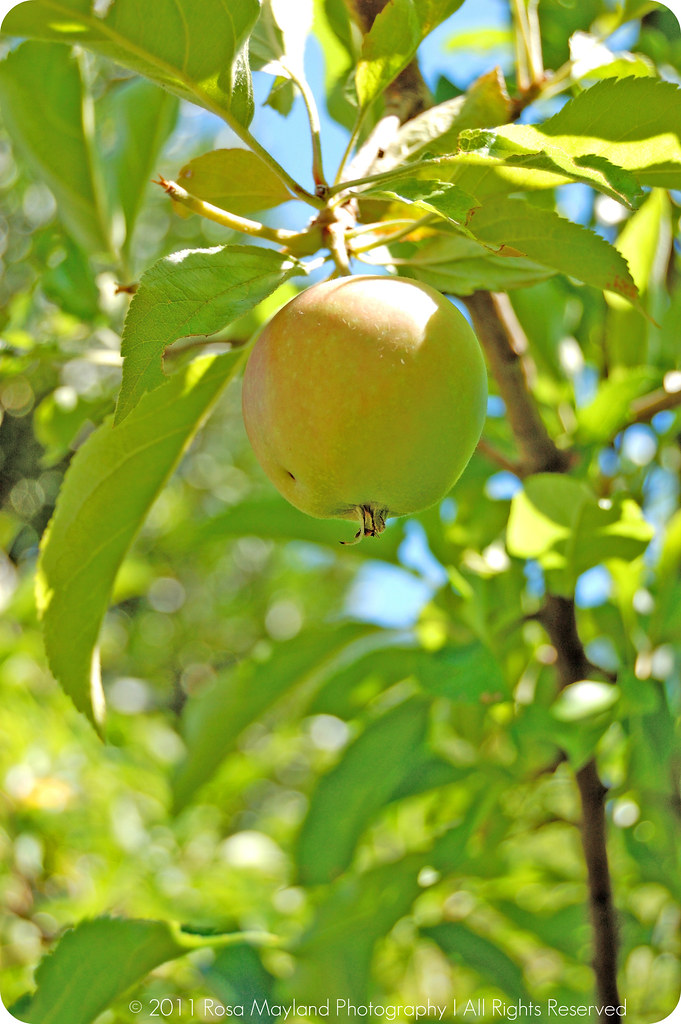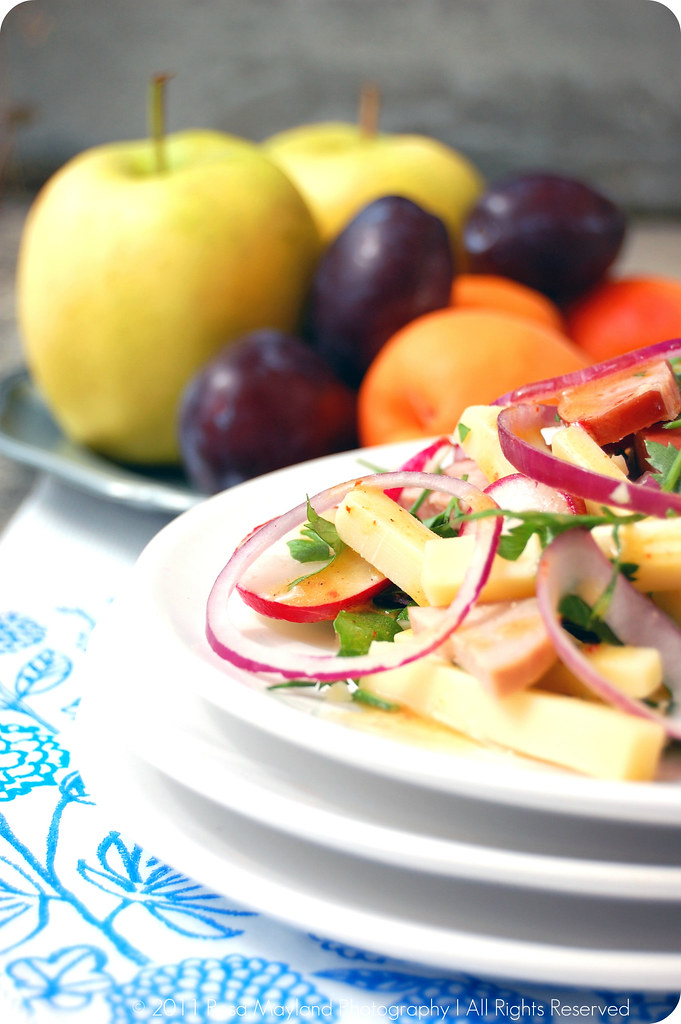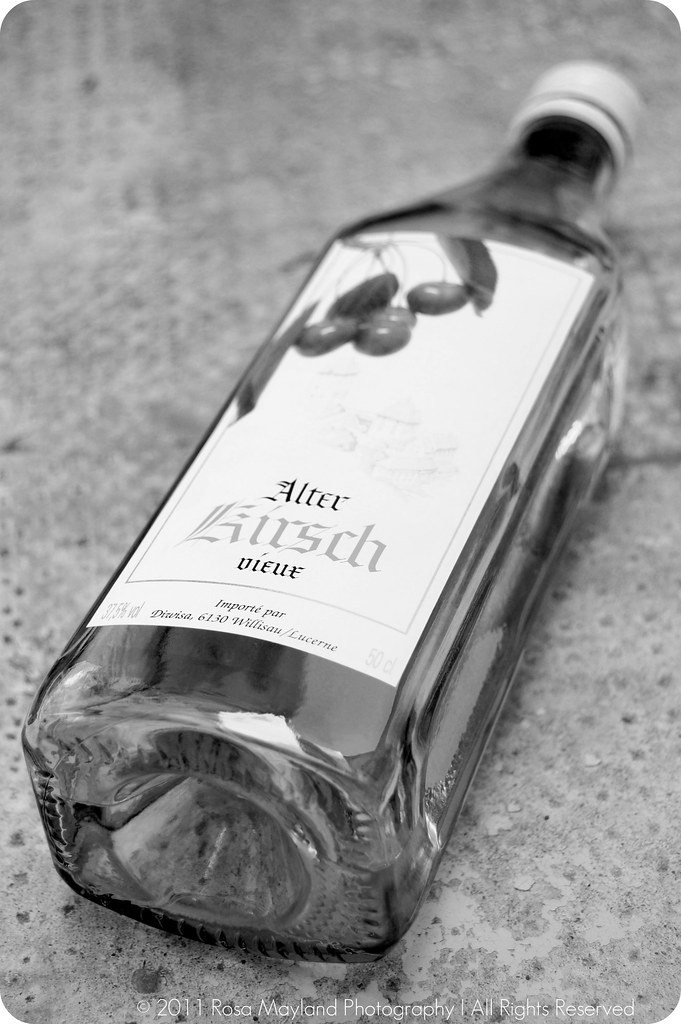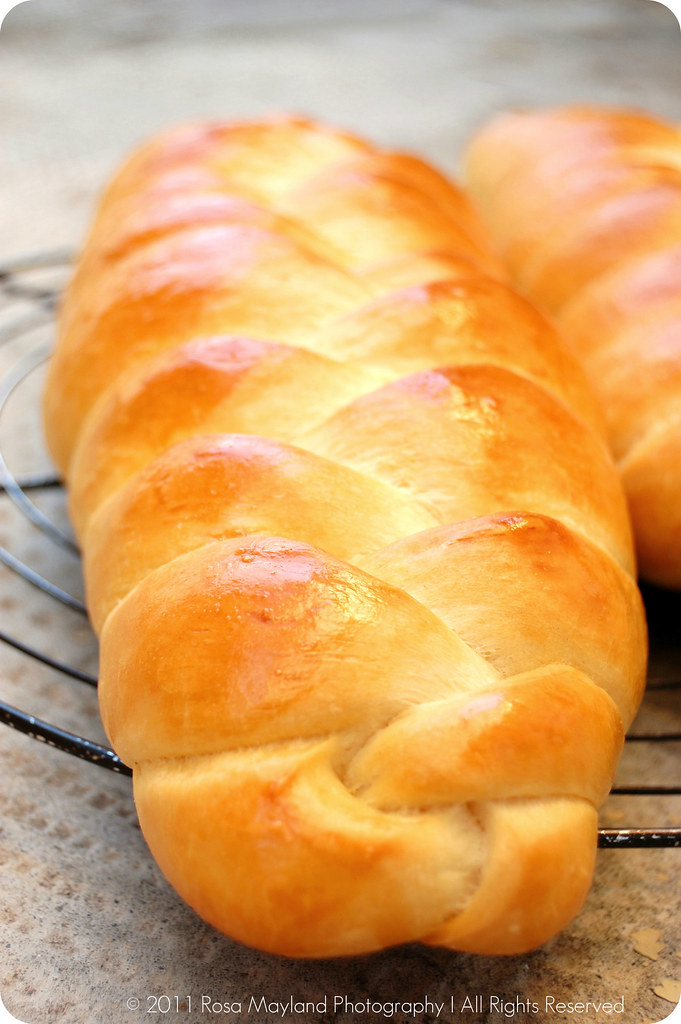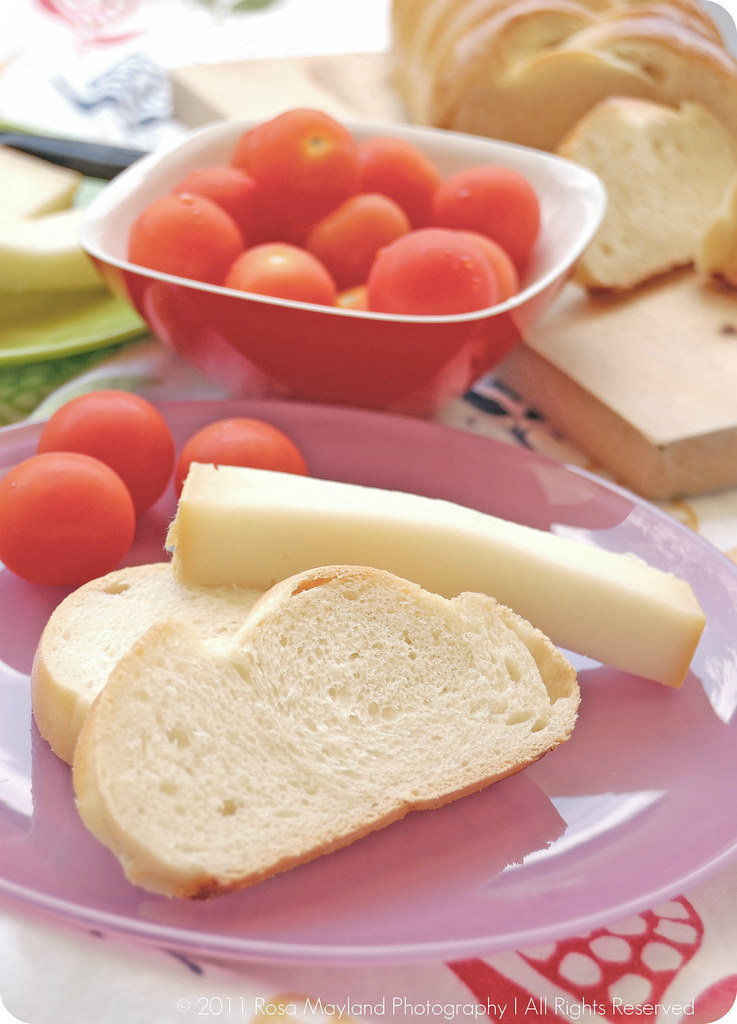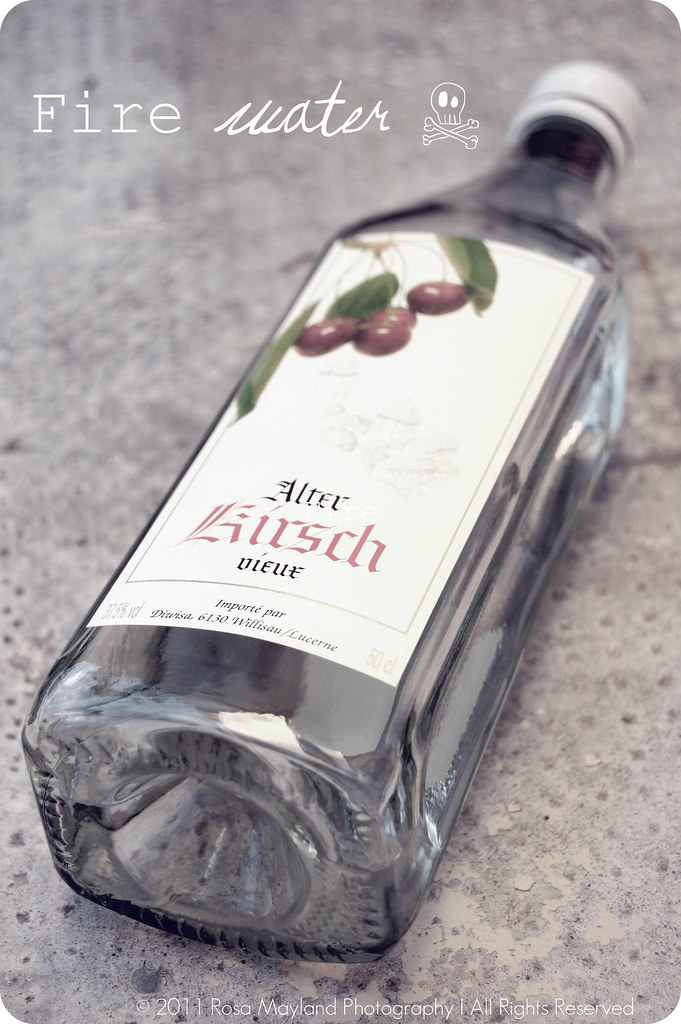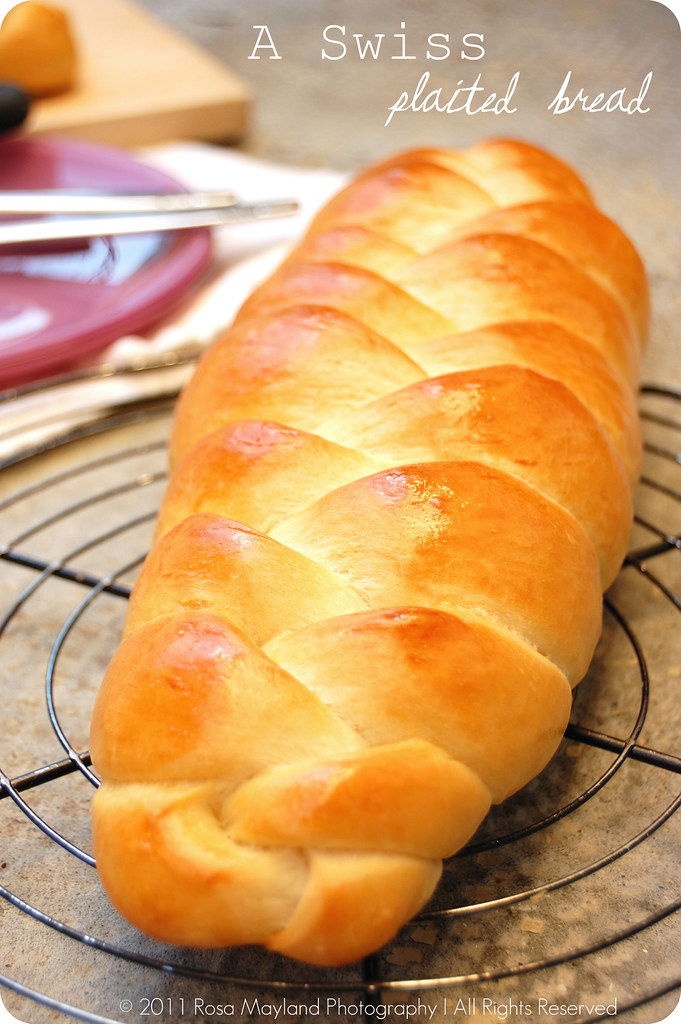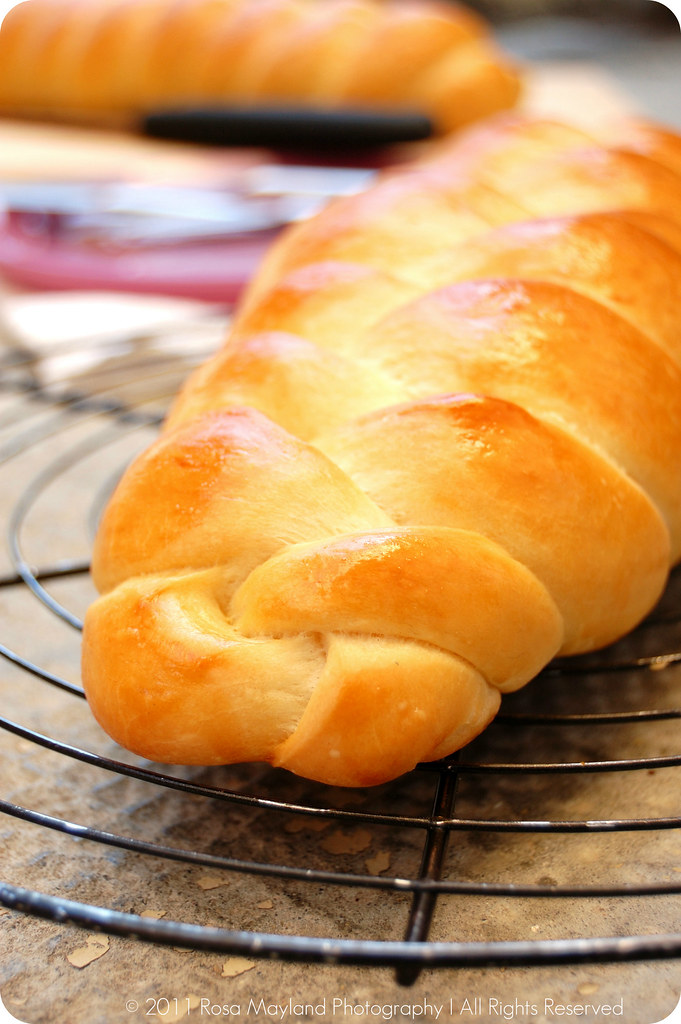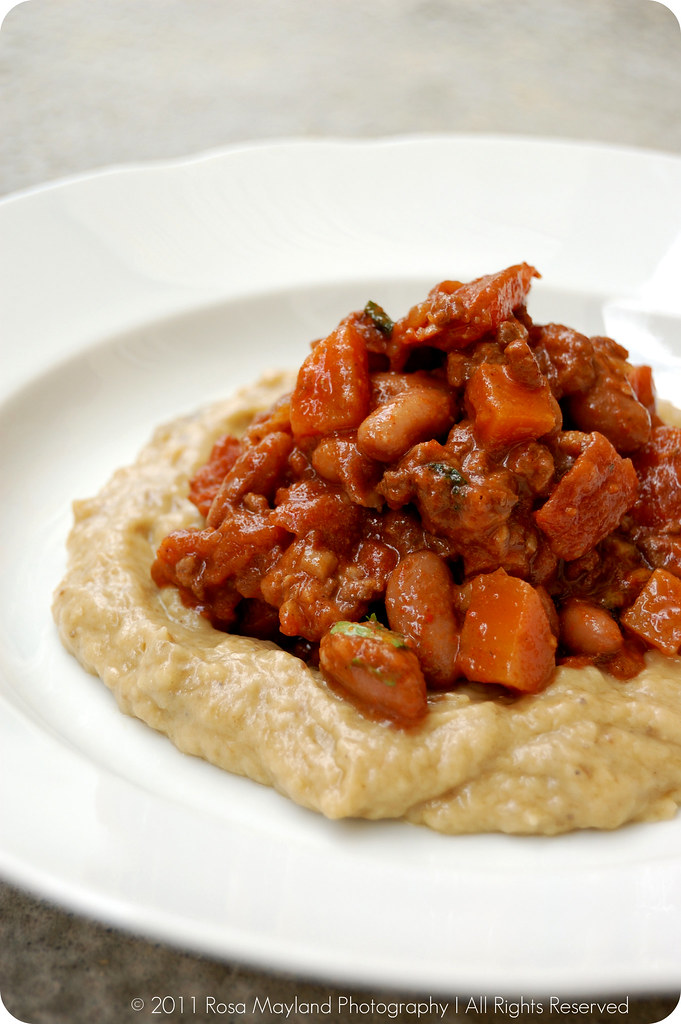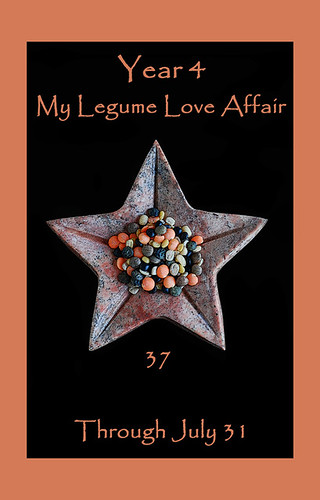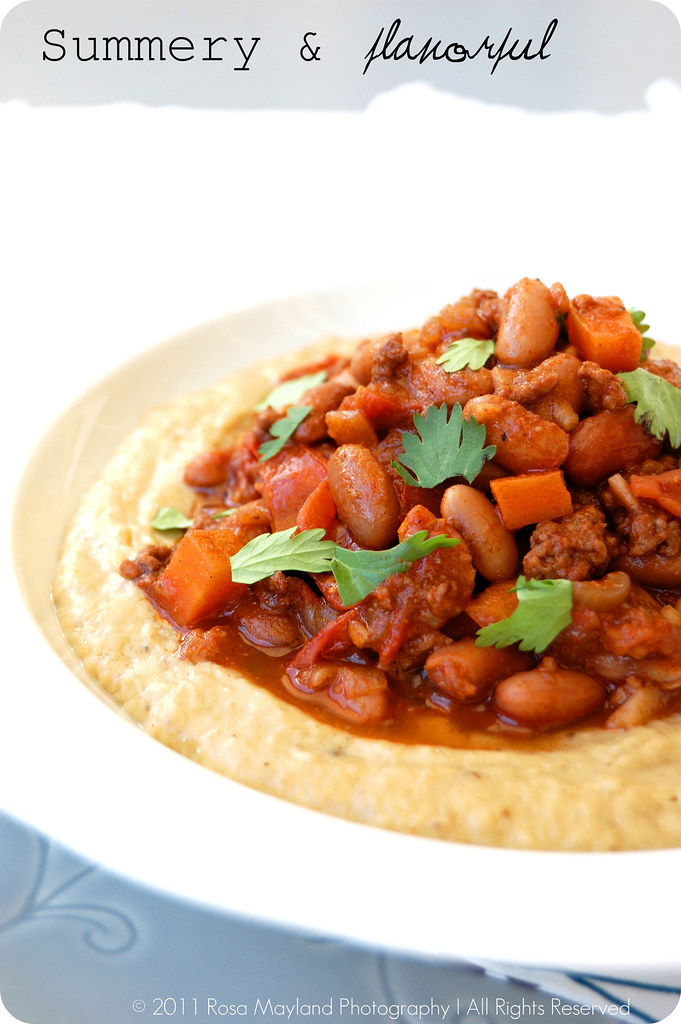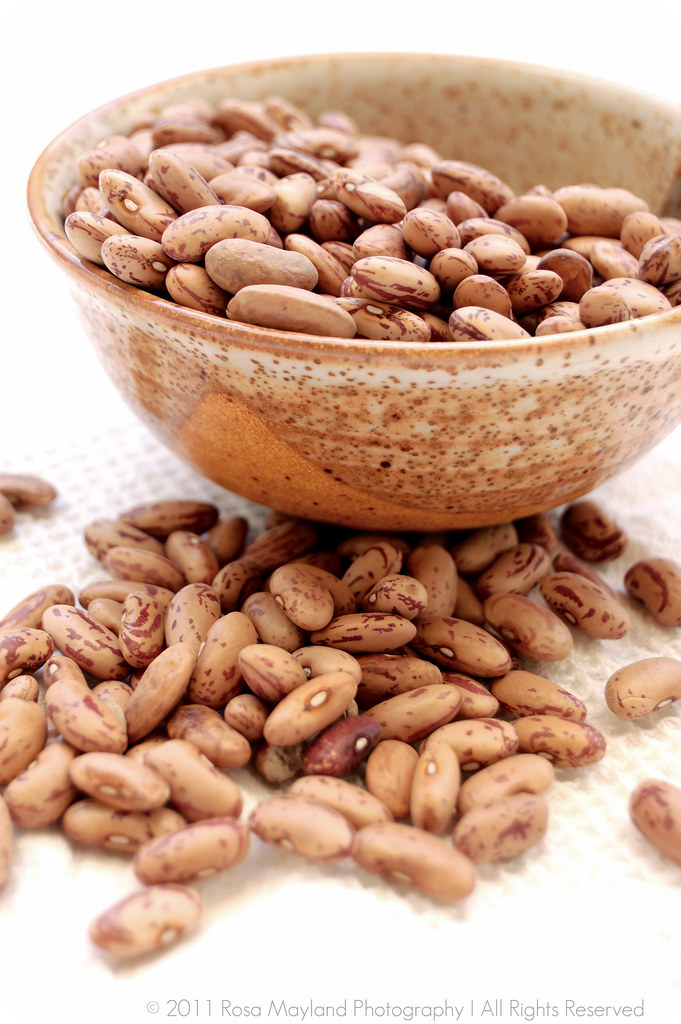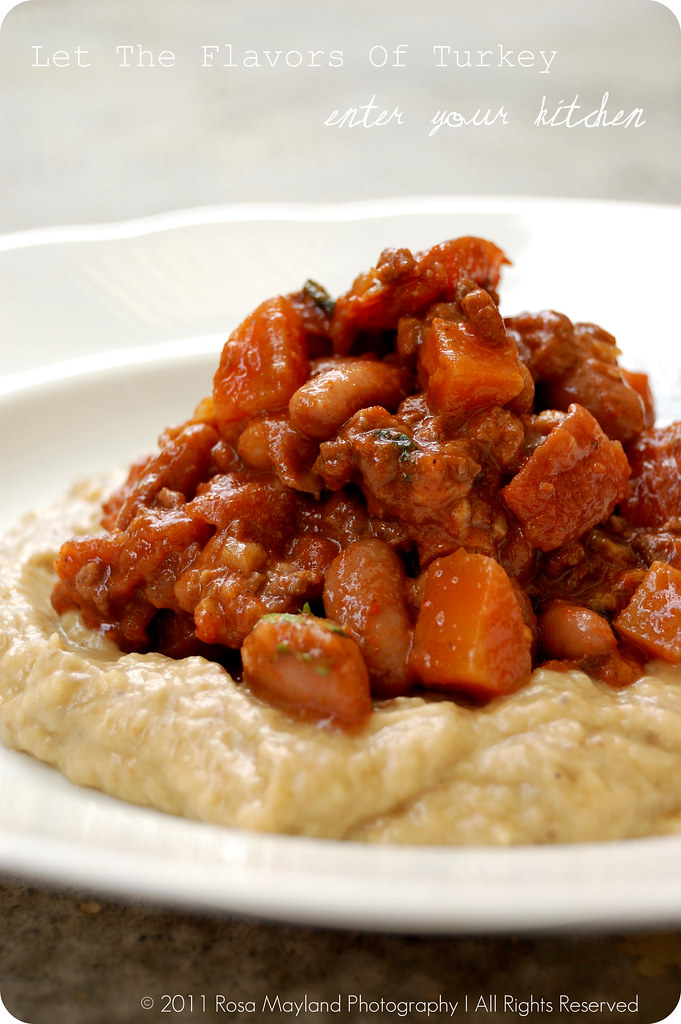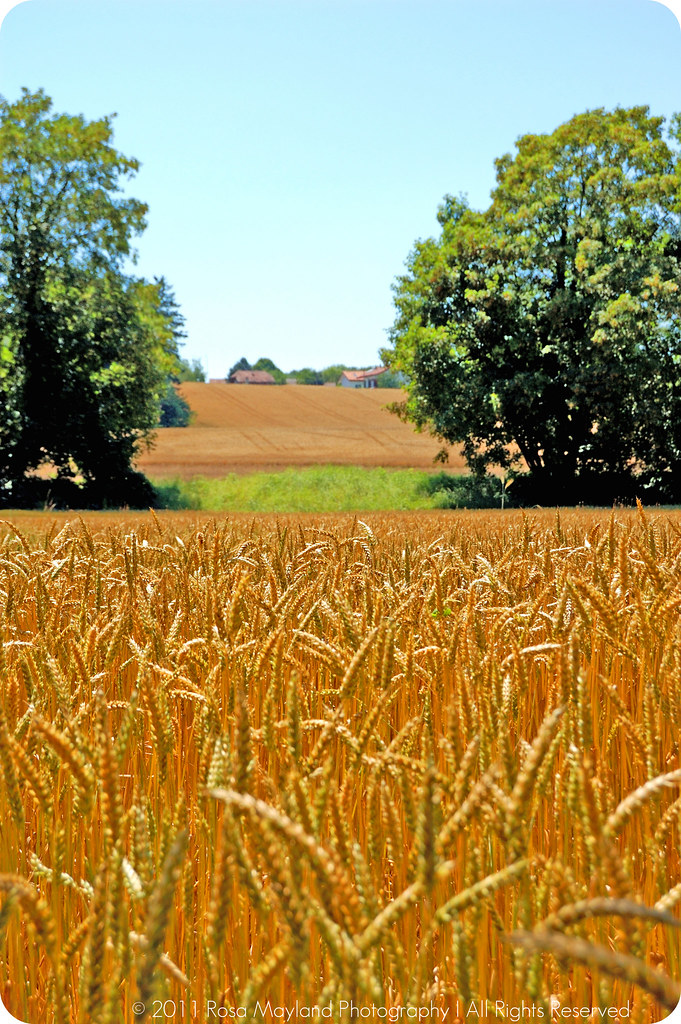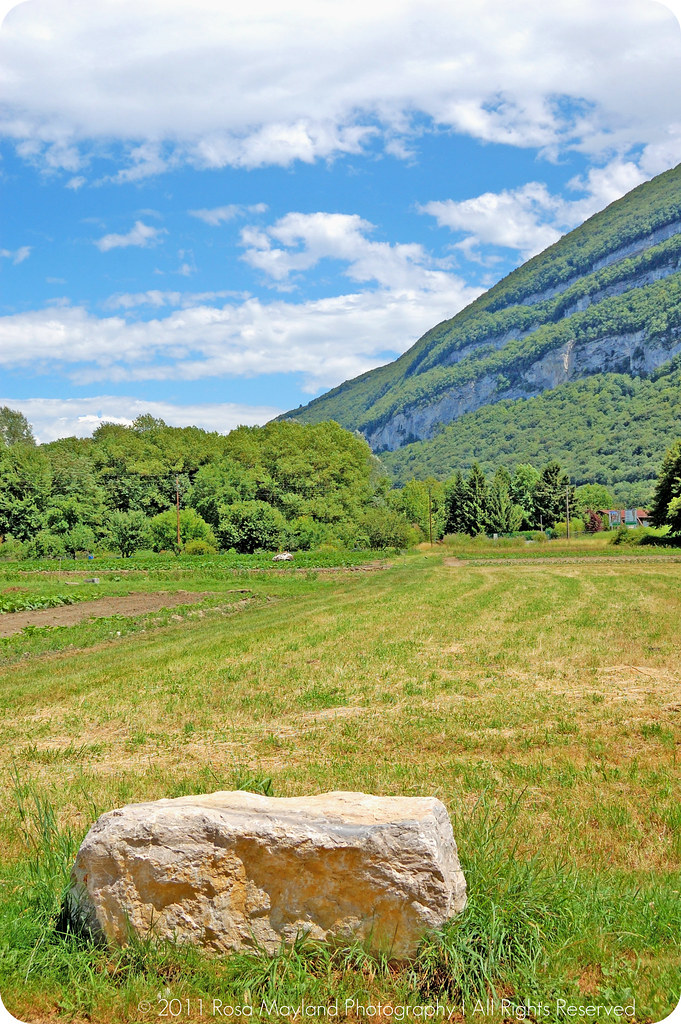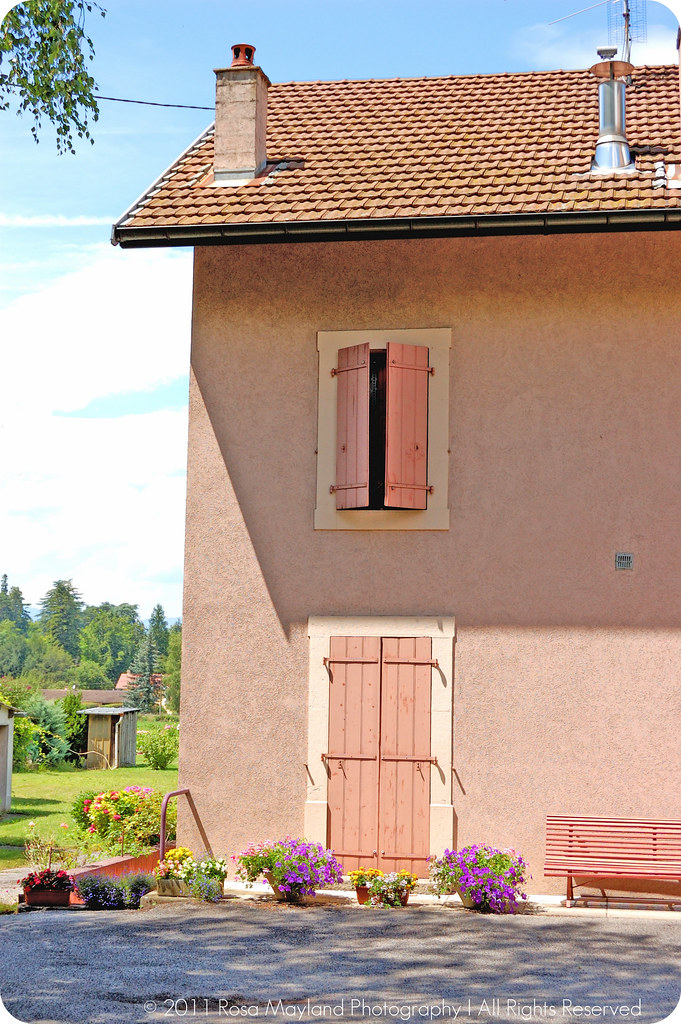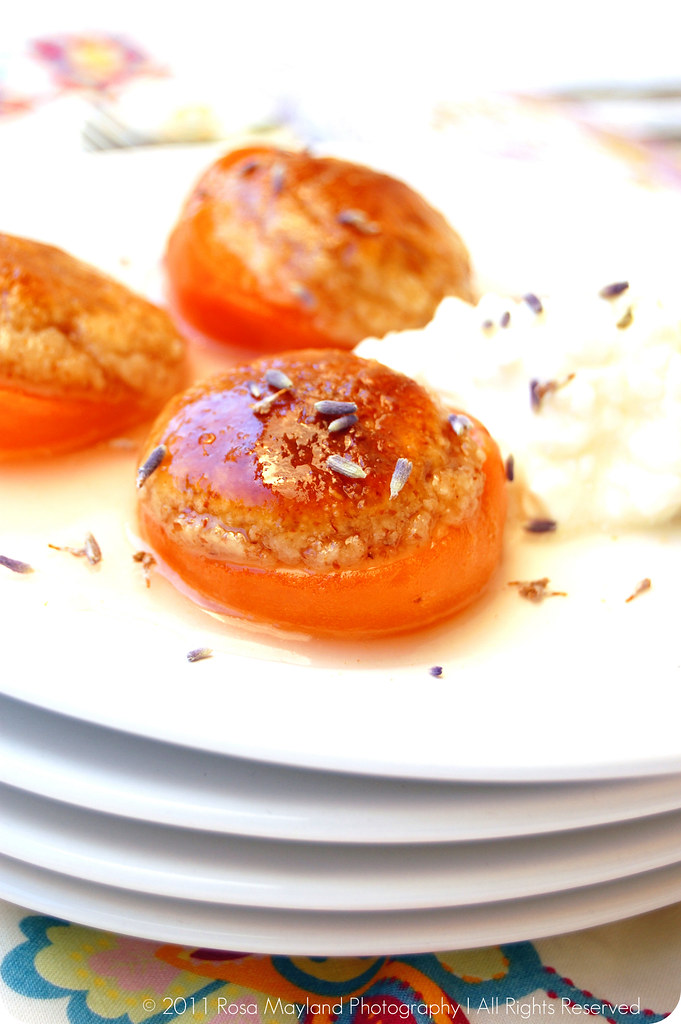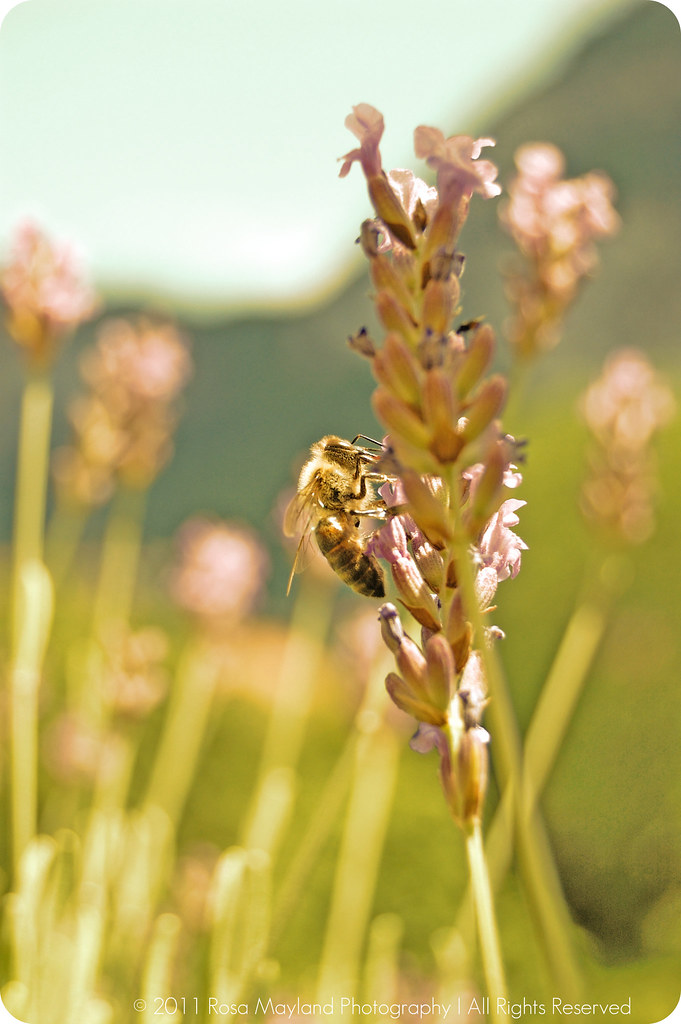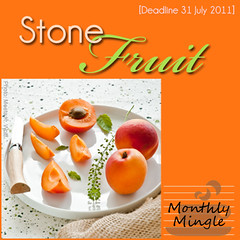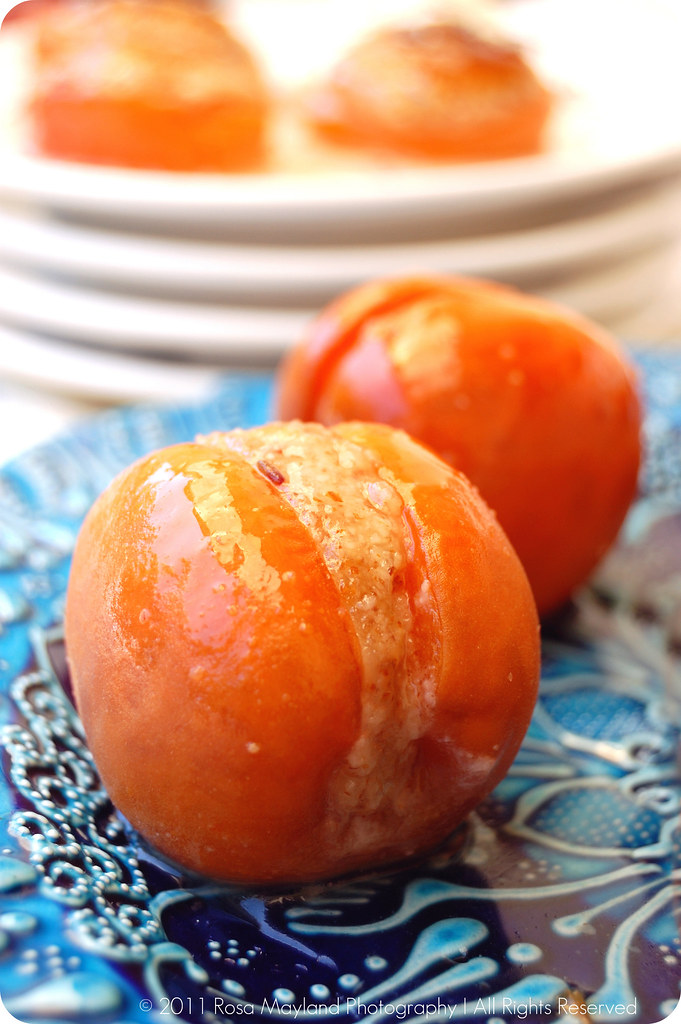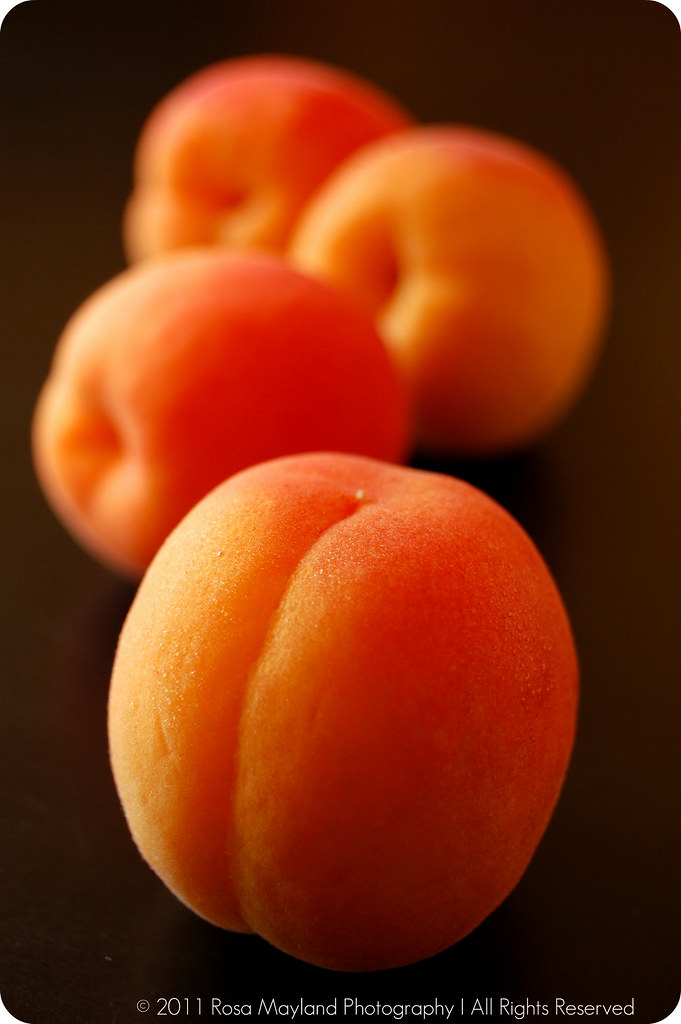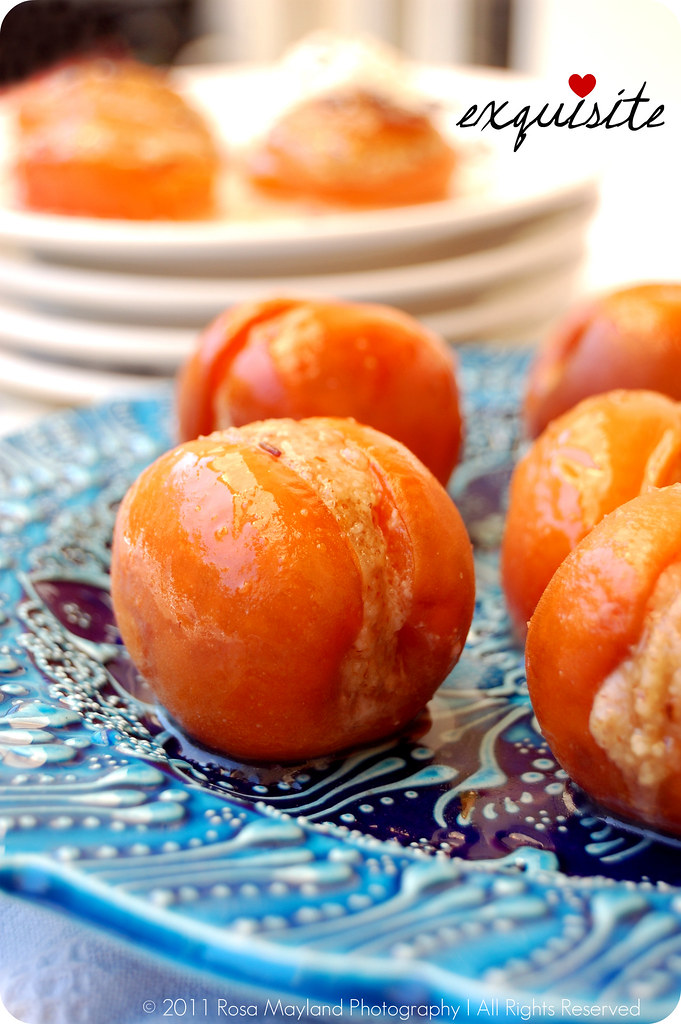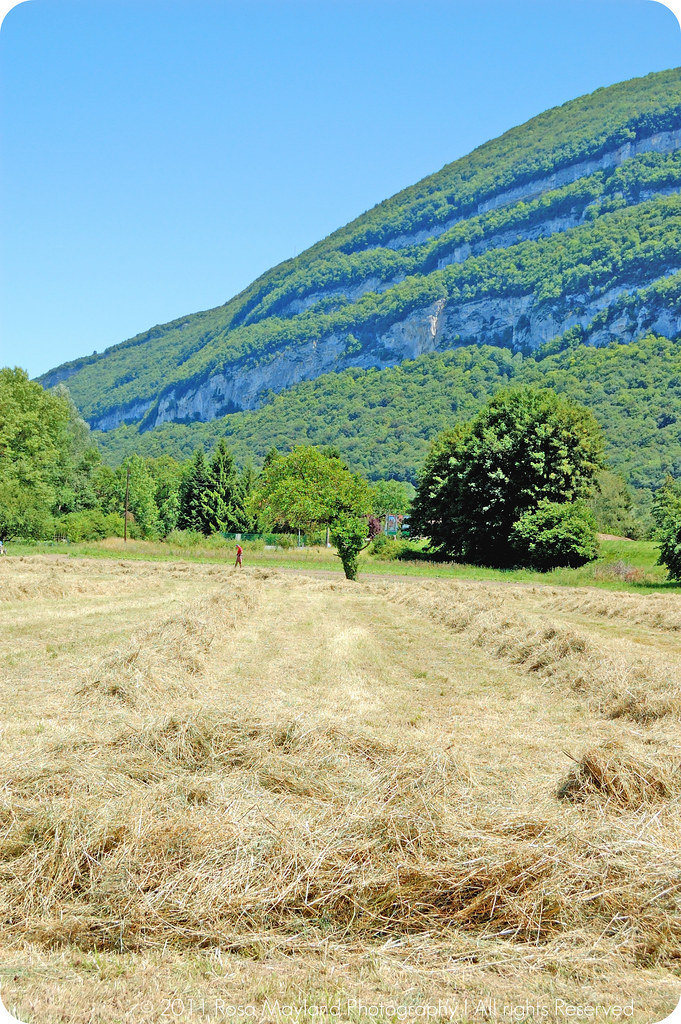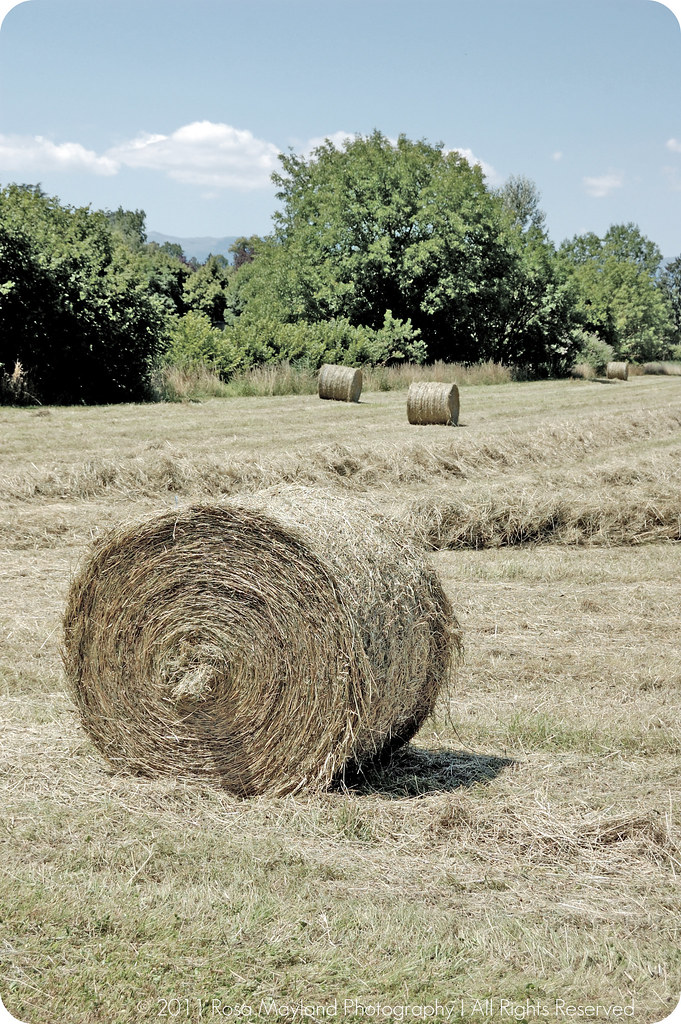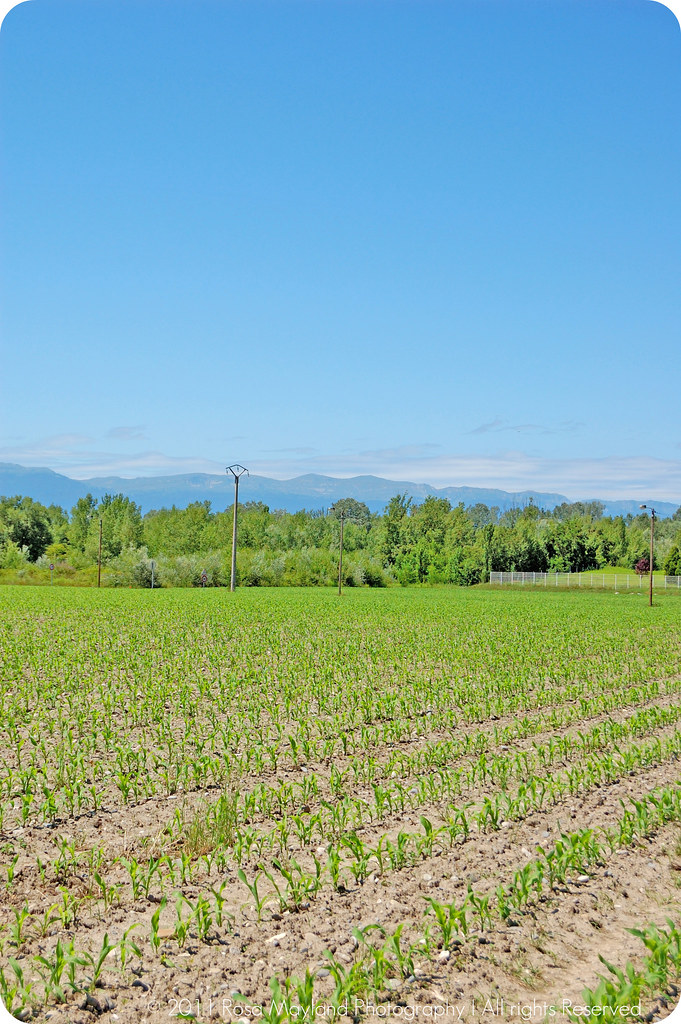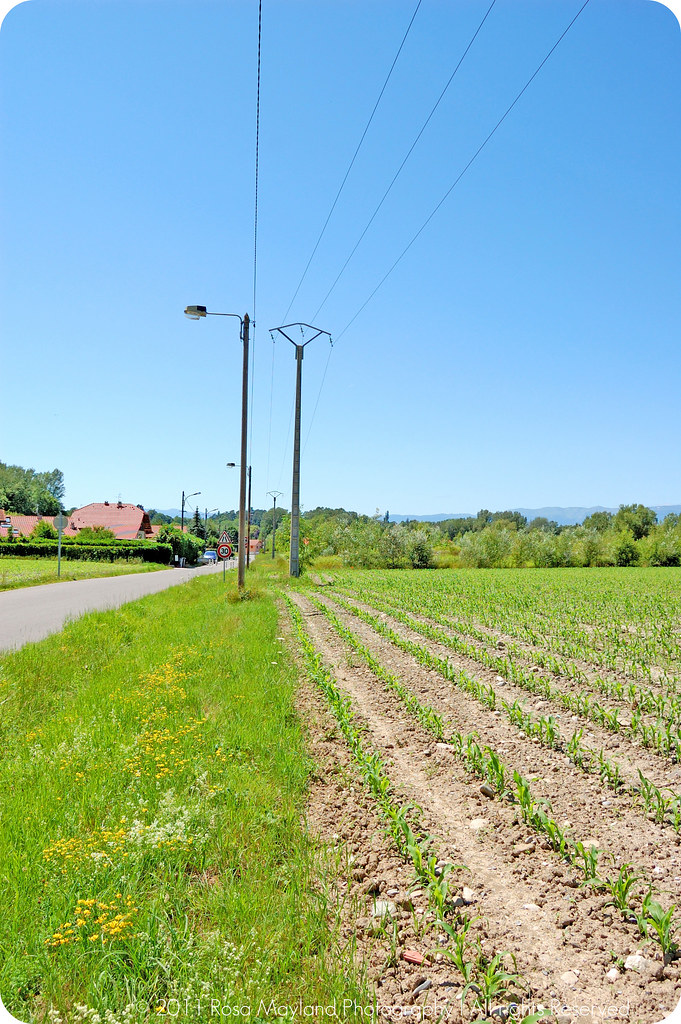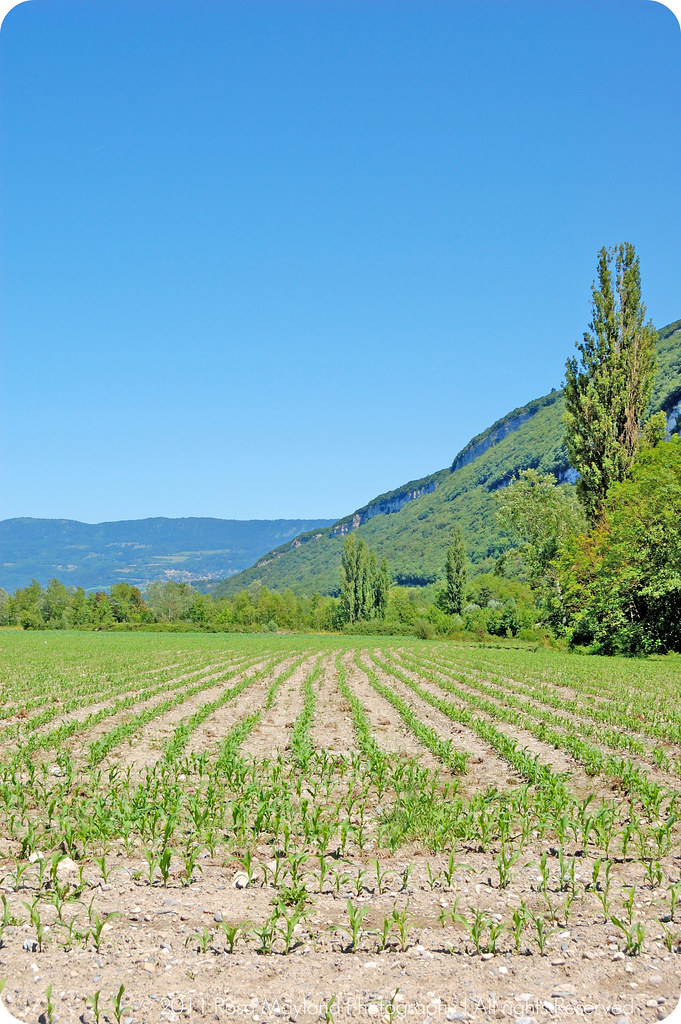Being the proscratinator that I am, it took me a few months to come up with an article which I could consider worthy of Leemei Tan's lovely blog "My Cooking Hut". For me, accepting such an offer means that I have to give the best of myself in order to honor my host. It is a question of respect.
So, after hours of reflection, I opted for a Swiss dish that would put our culinary customs and history into the spotlight. But, I did not want to speak about a speciality that is well-known. No. If I am going to blog about one of my country's treats, there is no way I am going to present something that has been advertised over and over in every foreign magazine and book. I delight in making others discover new things and expanding their knowledge.
With "Rosa's Yummy Yums", my aim is to enlighten people on the origins of the recipes and foods I feature as well as to make them think. I strive to transform each of your visit into unforgettable experience and culturally enrichening. I am not interested in being just another uninspiring blogger. I have the desire to emerge from the mass and be different or unusual. It is important for me to show my true nature and personality. Do I I succeed in doing so? I don't know. The only ones to be able to judge of that are my faithful (or not so loyal) readers...
Anyway, as I said before, most individuals living outside of Switzerland are not familiar with the course I have chosen to introduce you: "Cervelas Salad". In French it is called "Salade De Cervelas, in German "Wurstsalat", in Italian "Insalata Di Salsiccie" and in Rumantsch "Salata Da Liongia". It is very popular in our land (especially in Swiss Germany), but lacks recognition elsewhere, although it is mighty delectable.
Of course, I had to adapt the original formula to make it my own (I rarely leave a recipe as it is), but at the end, it still tastes very Swiss, rustic and has retained it's humble aspect. I didn't denature it. I just added a gourmet and refined touch to it, thus transforming it into something that could well be served at the table of any fashionable restaurant, bar, canteen or lunchonette.
So, if that short introduction made your mouth water, tickled your curiosity and captivated you, then please head over to "My Cooking Hut" in order to read my article, get a glimpse of my pictures and discover my scrumptious recipe for "Swiss Sausage Salad". I hope you'll enjoy my post!
~~~~~~~~~~~~~~~~~~~~~~
My salad is also featured on the site HomeAway.co.uk...
~~~~~~~~~~~~~~~~~~~~~~
Etant donné que beaucoup de mes lecteurs francophones ne comprennent pas forcément l'anglais et que malheureusement peu d'entre-eux auront la chance de lire mon billet invité et dernier article en date sur le merveilleux blog de ma collègue Leemei Tan de "My Cooking Hut", je me suis permise de traduire la recette qui y figure afin que vous puissiez aussi en profiter car je pense qu'elle pourra vous intéresser (vous pouvez tout de même y jeter un coup d'oeil car ses photos sont très belles et mon article contient d'autres images que celles exposées ici).J'espère que ce plat traditionnel et campagnard vous plaira. Cette version améliorée est ma façon de rendre hommage à mon pays ainsi qu'à sa cuisine aux multi facettes, à l'occasion de la Fête Nationale du 1ier Août...
~Salade De Saucisses Suisse ~
Recette par Rosa Mayland, Juillet 2011.
Pour 2-3 personnes.
Ingrédients Pour La "Salade":
2 Gousse d'ail, finement hachées
1 Onion rouge (moyen), coupé en fine rondelles
10-12 Radis rouges, coupés en fines rondelles
280g de Gruyère (salé ou moyen), coupé en allumettes
1 (200g) Schüblig (crue), coupée en demi-lunes
1 (100g) Cervelas (cru), coupé en demi-lunes
1/2 Bouquet (ou selon goût) de persil plat, haché
Ingrédients Pour La "Vinaigrette":
1 CC de Moutarde douce
2 CS de Vinaigre de malt
1 CS de Vinaigre balsamic blanc
5 CS d'Huile d'olive vierge
1/3 CC de Flocons de piment turc
Sel de mer fin, à volonté
Poivre noir fraîchement moulu, à volonté
Méthode Pour La "Salade":
1. Dans un bol moyennement grand, mélanger ensemble tous les ingrédients pour la salade.
Méthode Pour La "Vinaigrette":
2. Dans un petit bol, émulsionner ensemble tous les ingrédients pour la vinaigrette. Ajouter la sauce à la salade et mélanger délicatement.
3. Servir.
Remarques:
Vous pouvez remplacer le cervelas et le schüblig par 300g de mortadella coupée en morceaux (pas de tranches fines), 300g de saucisse de frankfort, de saucisse de Vienne ou de cervelas d'Alsace coupés en demi-lunes.
Utiliser du piment d'espelette en poudre au lieu des flocons de piment turc.
Si vous n'avez pas de vinaigre de malt ou balsamique blanc, 3 CS de vinaigre de vin blanc feront parfaitement l'affaire.
Idées de présentation:
Servir cette salade à température ambiante (le fromage et la saucisse ne doivent pas être froids) et l'accompagné de pain, pommes de terres à l'eau ou de macaronis.
